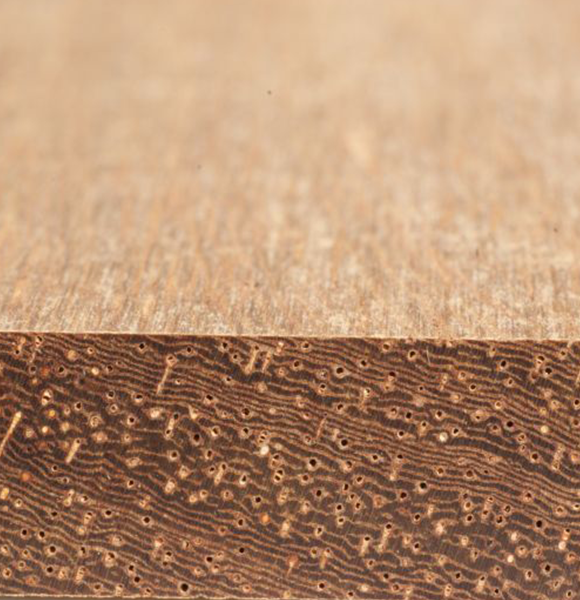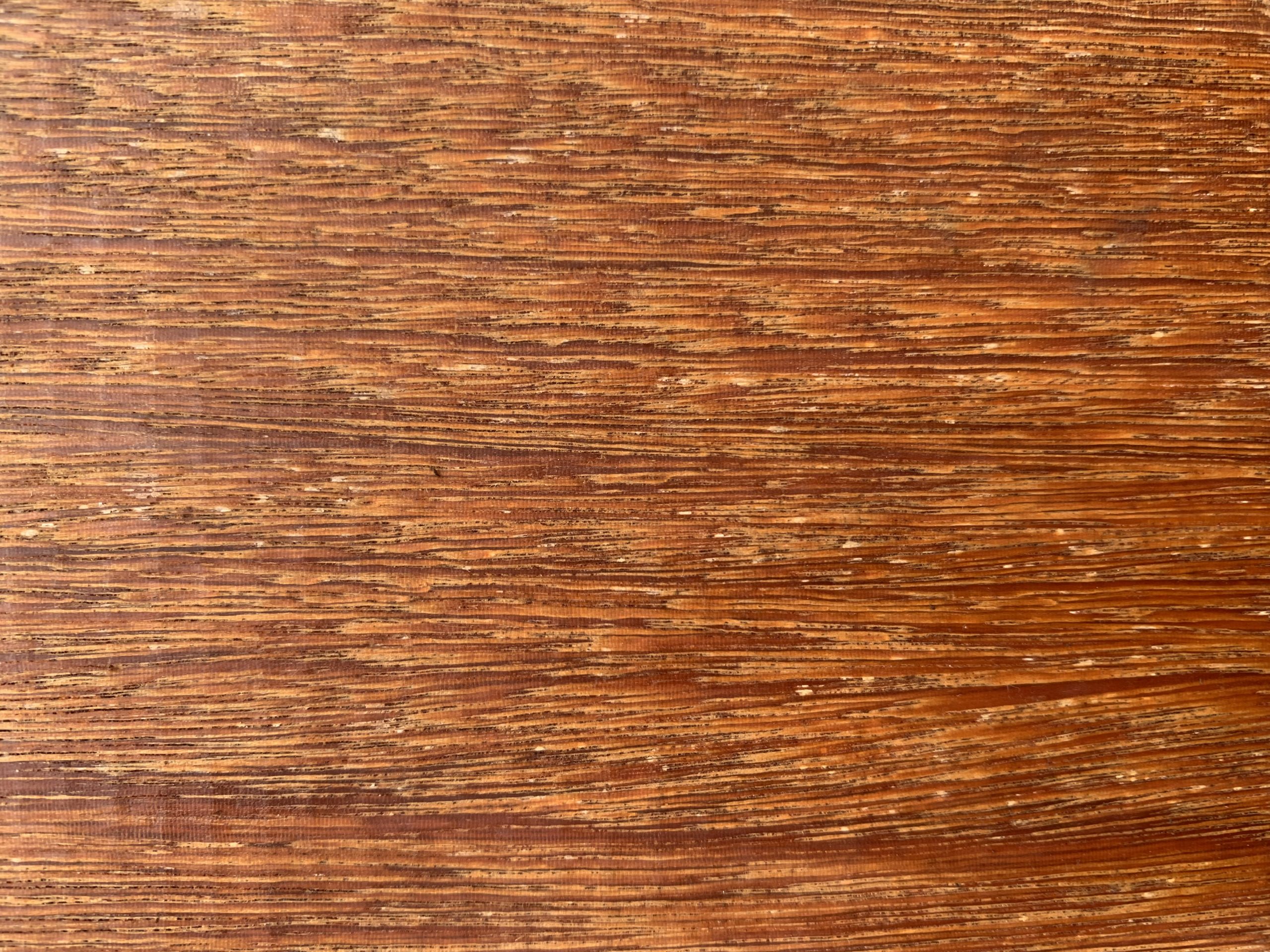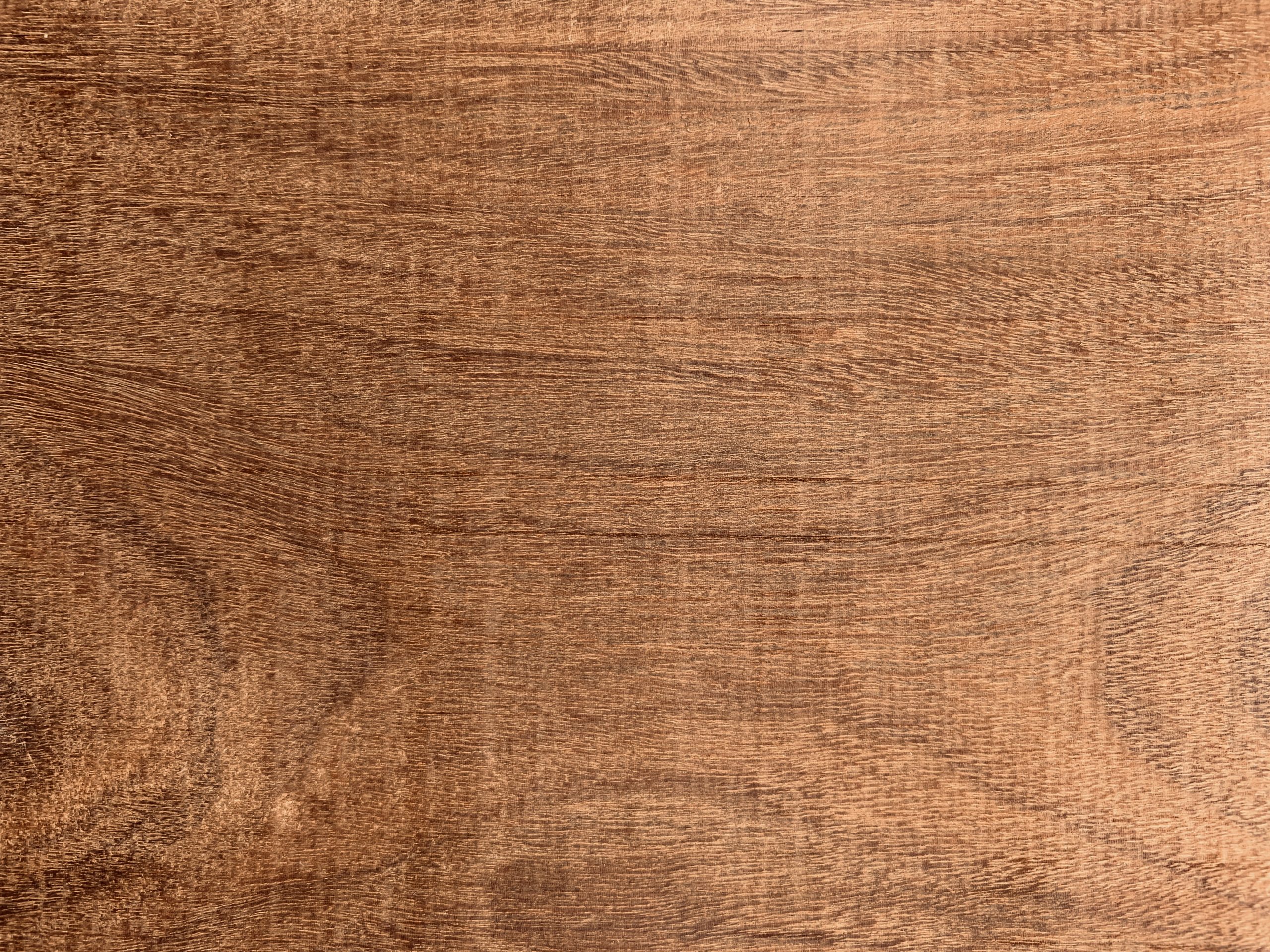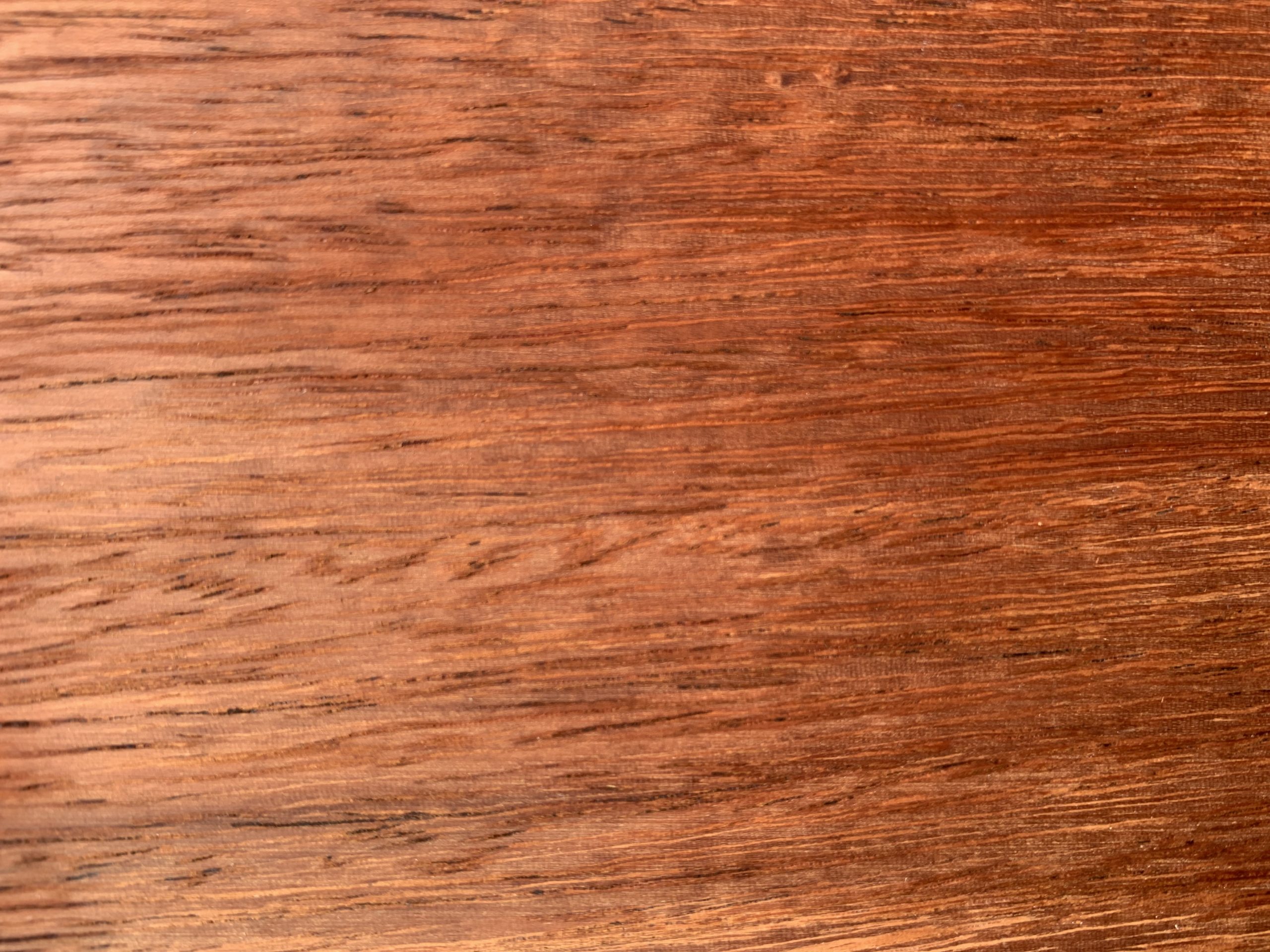BASRALOCUS
Thanks to their high resistance and durability, Angelique (Basralocus) is one of the few wood types strong enough to resist wood-destroying animals of the sea.
Description
| Botanical name: | Dicorynia guianensis |
| Overall character: | Despite the coarse pores, this is a very even wood with a reddish to brown, semi-matte tint (when dry). |
| Color and structure: | 3 to 6 cm wide splint with light grey fresh wood that later gets a yellowish to light brown color. The heartwood clearly sets itself apart with a pink to light reddish brown color (occasionally with darker stripes). Once dried, the wood darkens and develops a brown to violet-brown tint with a slight shine. |
| Characteristics/features: | Moderately heavy to heavy wood with high strength properties, one should stress good elasticity and relatively low splitting resistance. |
| Areas of use: | The previous use of Angelique was mainly limited to the use as hydraulic timber for impalement sheet piling, lock gates and more, because the dry timber usually doesnt require any processing beforehand. |
| Sources: | https://www.holzvomfach.de |















